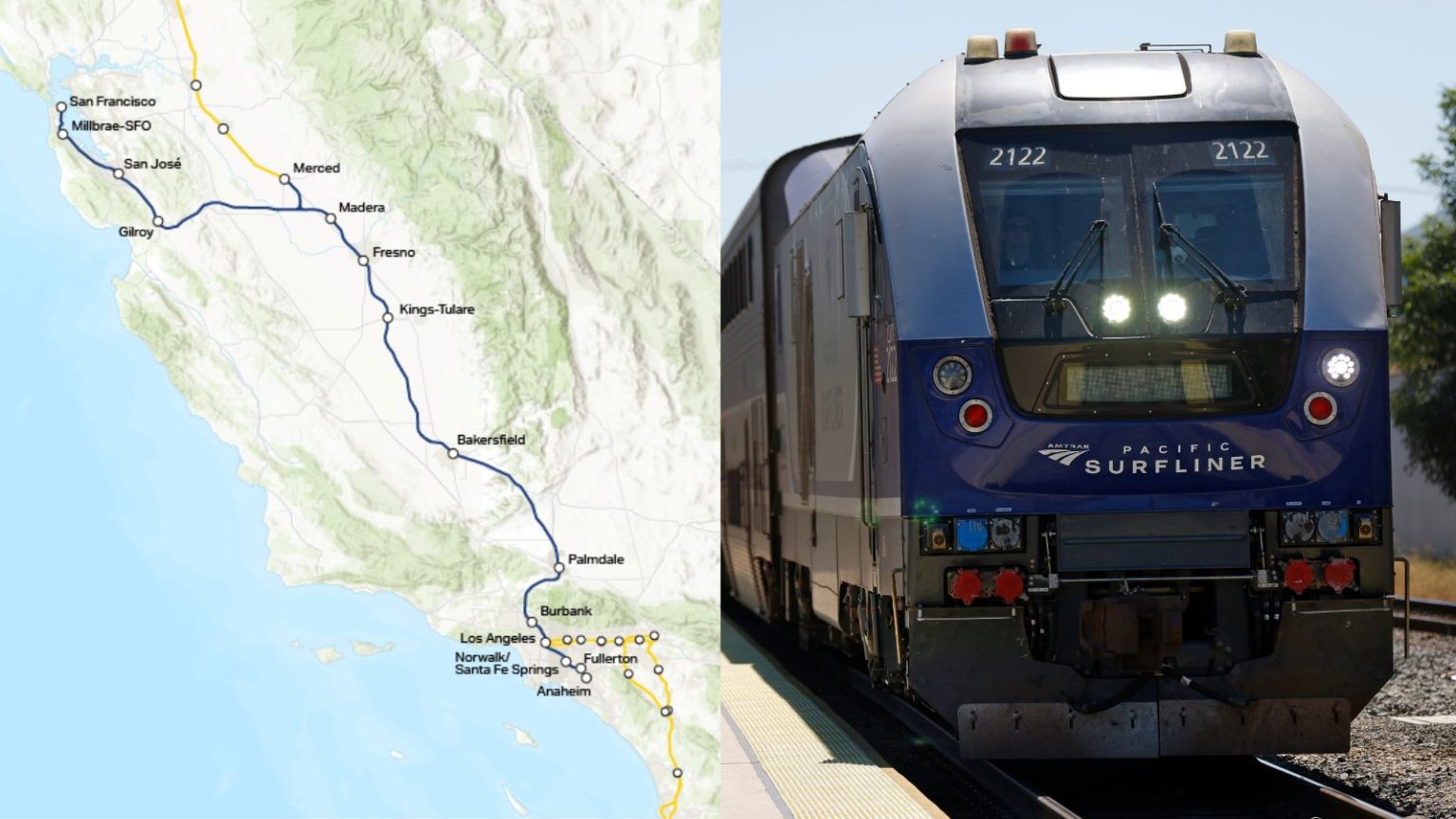California’s ambitious high-speed rail project, envisioned to revolutionize transportation within the state, has become a subject of both anticipation and controversy. While facing criticism for delays and escalating costs, the project has simultaneously generated significant economic activity, sparking debate about its overall value and long-term impact. Recent data released by state officials reveals that the high-speed rail project has infused nearly $22 billion into the California economy, creating over 14,500 construction jobs and generating $8 billion in total labor income since its inception in 2008. This economic boost has provided a counter-narrative to the project’s detractors, suggesting that the long-term benefits may outweigh the initial challenges.
The project, approved by voters in 2008, aims to connect all major regions of California with a high-speed rail network, ultimately reducing travel times and fostering economic growth. However, its journey has been fraught with delays and required additional federal funding in 2019, drawing criticism from then-President Donald Trump, who labeled it a “waste” and a “green disaster.” Despite these setbacks, the California High-Speed Rail Authority maintains that the project is progressing, with track-laying commencing in 2023, beginning with the railhead project in Kern County, located in the Central Valley.
A key aspect of the project’s economic impact is its focus on benefiting Californian businesses and workers. The California High-Speed Rail Authority reports that 99% of the project’s expenditures in the last year were directed towards in-state businesses and employees. This localized investment strategy aims to maximize the project’s economic benefits within California, stimulating job growth and supporting local communities. The initial 171-mile segment, connecting Merced to Bakersfield, is projected to generate $70.3 billion in economic activity upon completion, further bolstering the project’s economic justification.
The high-speed rail project is strategically designed to not only connect major urban centers like San Francisco, Los Angeles, and Anaheim but also to integrate smaller cities and towns within the Central Valley. This comprehensive approach aims to improve connectivity throughout the state, fostering economic development and reducing regional disparities. The initial construction focus on the Central Valley reflects this strategy, laying the groundwork for future expansion to other regions. The project’s phased approach allows for incremental progress, addressing immediate transportation needs while building towards the ultimate goal of a statewide high-speed rail network.
The economic benefits touted by the California High-Speed Rail Authority, while substantial, are juxtaposed against the project’s considerable challenges. Delays, cost overruns, and political opposition have cast a shadow over the project’s timeline and feasibility. Critics argue that the project’s final cost could far exceed initial estimates, potentially diverting resources from other critical infrastructure projects. The original completion date has been repeatedly pushed back, with the first high-speed rail services now expected to commence after 2030, and full operational capacity projected for 2050. This extended timeline raises concerns about the project’s long-term viability and the potential for further cost escalations.
Despite the challenges, the California High-Speed Rail Authority remains committed to the project’s completion, emphasizing its potential to transform transportation within the state. The anticipated reduction in travel times, decreased reliance on automobiles, and the associated environmental benefits are presented as compelling arguments for the project’s continued development. The authority plans to begin construction on stations in the Central Valley in 2025, marking another milestone in the project’s progression. The long-term success of the California high-speed rail project will ultimately depend on its ability to overcome the existing hurdles and deliver on its promises of improved connectivity, economic growth, and environmental sustainability. The ongoing debate surrounding the project highlights the complex interplay between ambitious infrastructure projects, economic realities, and political considerations.

